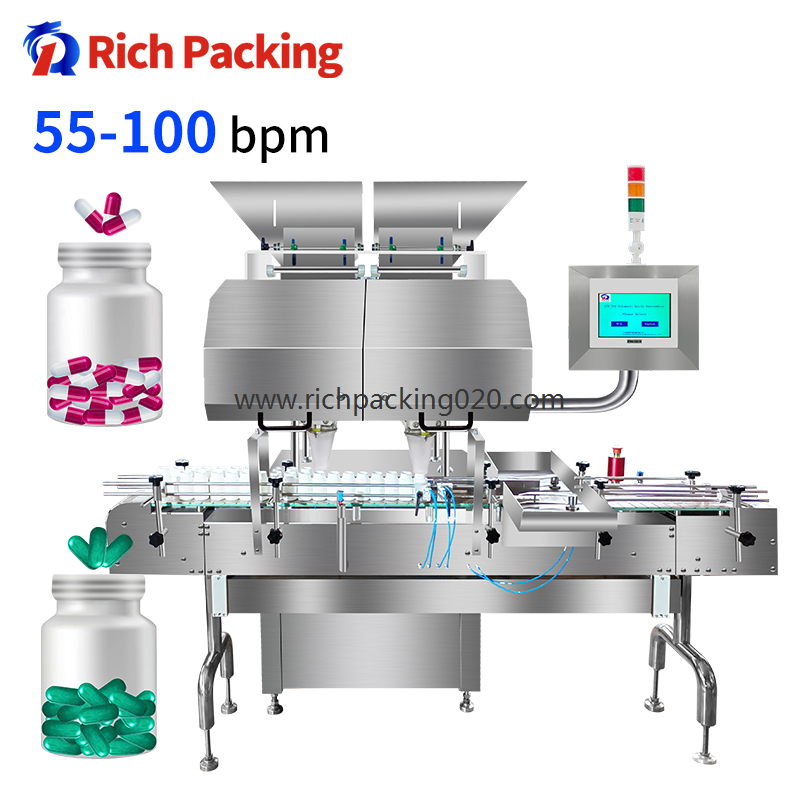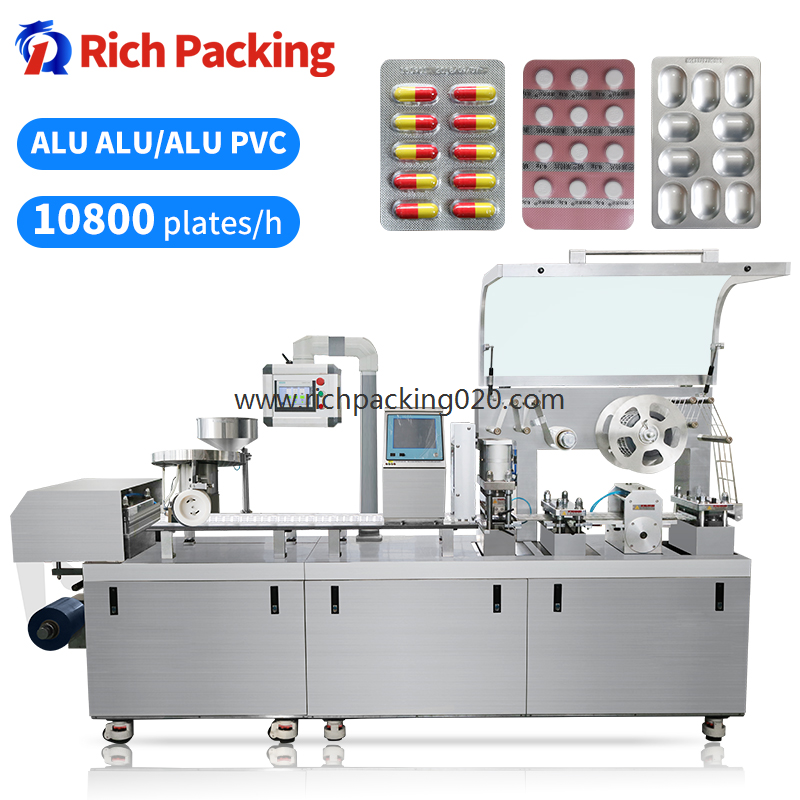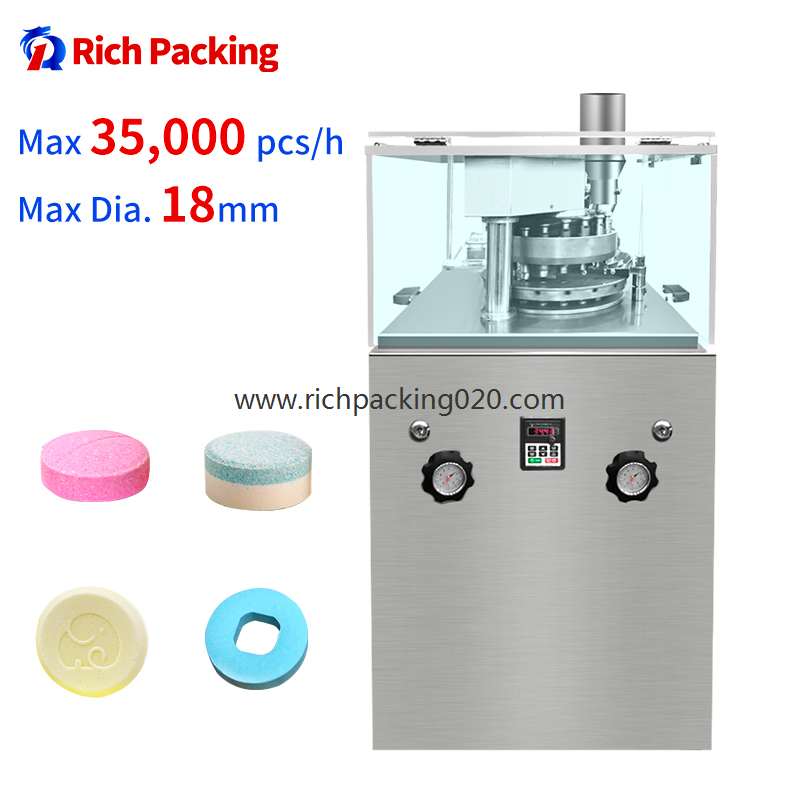HOT PRODUCTS
Details
 Home
> NEWS
> Industry News > Details
Home
> NEWS
> Industry News > Details
Common excipients for tablets
Common excipients for tablets
The common excipients of the tablets are divided into four major categories: filler, adhesives, disintegration, lubricants.
A.Filling agent
Filling agent: used to increase the weight and volume of the tablet, which is beneficial to the excipient of the tablet.
1. starch: cheap, poor compressible. Starch / sugar / dextrin mixture. Another disintegration agent, starch pulp as a binder.
2. sugar: sticky and strong, strong moisture absorption, the hardness of the tablets, buccal tablets and tablets with soluble (corrective action).
3. dextrin: a product obtained by partial hydrolysis of starch. Strong adhesion, high hardness and strong adsorbability.
4. lactose: a good tablet filling agent. The lactose particles obtained by the spray drying method are close to the ball type, with good fluidity and compressible properties, which can be used to press the powder directly.
5. compressible starch: medical education network, also known as the original pregelatinized starch. Good fluidity, compressible and lubricity, which can be used for powder pressing.
6. microcrystalline cellulose (MCC): good fluidity, high compressible, strong binding force, large capacity for the drug, and can be used for direct powder pressing. The disintegration is better when the dosage is up to 20%.
7. inorganic salts: calcium sulfate (containing two molecules of crystalline water); calcium hydrogen phosphate; medicinal calcium carbonate and so on. It has an effect on the absorption of tetracycline.
8. mannitol: poor liquidity and expensive price. A filling agent used for chewing tablets.
B.Wetting agent and adhesive
Wetting agent: a liquid that allows the material to be wetted to produce enough strength to make grain. The wetting agent itself has no stickiness or stickiness, but it can moisten the material and induce the viscosity of the material itself, so that it can be formed into soft wood and made into particles. The adhesive is a sticky substance.
1.: distilled water is not easy to mix evenly, grain hardness made inconsistent, prone to pitting, tablet is not easy to collapse.
2. ethanol: 30-70%, rapid agitation, medical teaching, net original immediately granulating, in order to reduce volatilization.
3. starch pulp: commonly used. 8%-15%. pulping method and pulping method. Starch has stickiness after gelatinization.
4. carboxymethyl cellulose sodium (CMC-Na): 1%-2%. is strong sticky.
5. hydroxypropyl cellulose (HPC): a wet granulating adhesive and a binder for direct compression of powder.
6. methyl cellulose (MC) and ethyl cellulose (EC): MC dissolved in water. EC is insoluble in water, and the slowly controlled release preparation is much used.
7. hydroxypropyl methyl cellulose (HPMC): water solution. Common concentration 2%-5%.
8. other: 10%-20% gelatin solution, 50%-70% sucrose solution, 3%-5% polyvinylpyrrolidone (PVP) water solution or alcohol solution.
C.Disintegrating agent:
It can prompt the tablets to crack rapidly into small particles in the gastrointestinal tract. Oral lozenge, long effect film, sublingual tablet, medical education network, original implant, etc. can not be disintegrated.
1. dry starch: dry first, the amount of water content <8%. is generally dry particles 5%-20%
2. carboxymethyl starch sodium (CMS-Na): 1%-6%.
3. low substituted hydroxypropyl cellulose (L-HPC): 2%-5%.
4. crosslinked polyvinylpyrrolidone (crosslinked PVP), also called crosslinked polyvinylketone
5. crosslinked sodium carboxymethyl cellulose (CCNa):
6. effervescent disintegrating agent: citric acid and sodium bicarbonate are composed of water to produce carbon dioxide. Avoid dampness.
D.The method of adding disintegrating agent:
1. internal addition: the disintegrating agent is added at the time of granulation, which exists in the interior of the particles and becomes fine-grained as soon as it is disintegrated.
2. external addition: disintegration was added to the particles between the particles, and the disintegration was rapid.
3. addition, both inside and outside.
4. disintegration speed: external addition > internal and external addition > internal addition.
5. dissolution rate: internal and external addition > internal addition > external addition.
E.Lubricant:
Flow aids: reducing the friction between particles and improving the fluidity of the powder.
Anti - adhesive: prevent the raw materials from sticking to the surface of the punch.
(Xia Yi) lubricant: reducing the friction between the tablet and the wall of the die.
1. magnesium stearate: the amount of 0.1%-1%. is hydrophobic, and the dosage is too large to disintegrate or dissolve. It is not suitable for tablets of acetylsalicylic acid, some antibiotics and most organic base salts.
2. micropowder silica gel: flow aid (can be used directly for powder pressing), the amount of 0.1%-0.3%.
3. talcum powder: good flow aids, medical science education network original, insoluble in water but hydrophilic, poor adhesion, dosage 0.1%-3%. 4. hydrogenated vegetable oil: soluble in liquid paraffin wax or hexane spray on particles.
5. polyethylene glycol (PEG) 4000 or 6000: water solubility.
6. lauryl alcohol Magnesium Sulfate: water soluble surfactant





